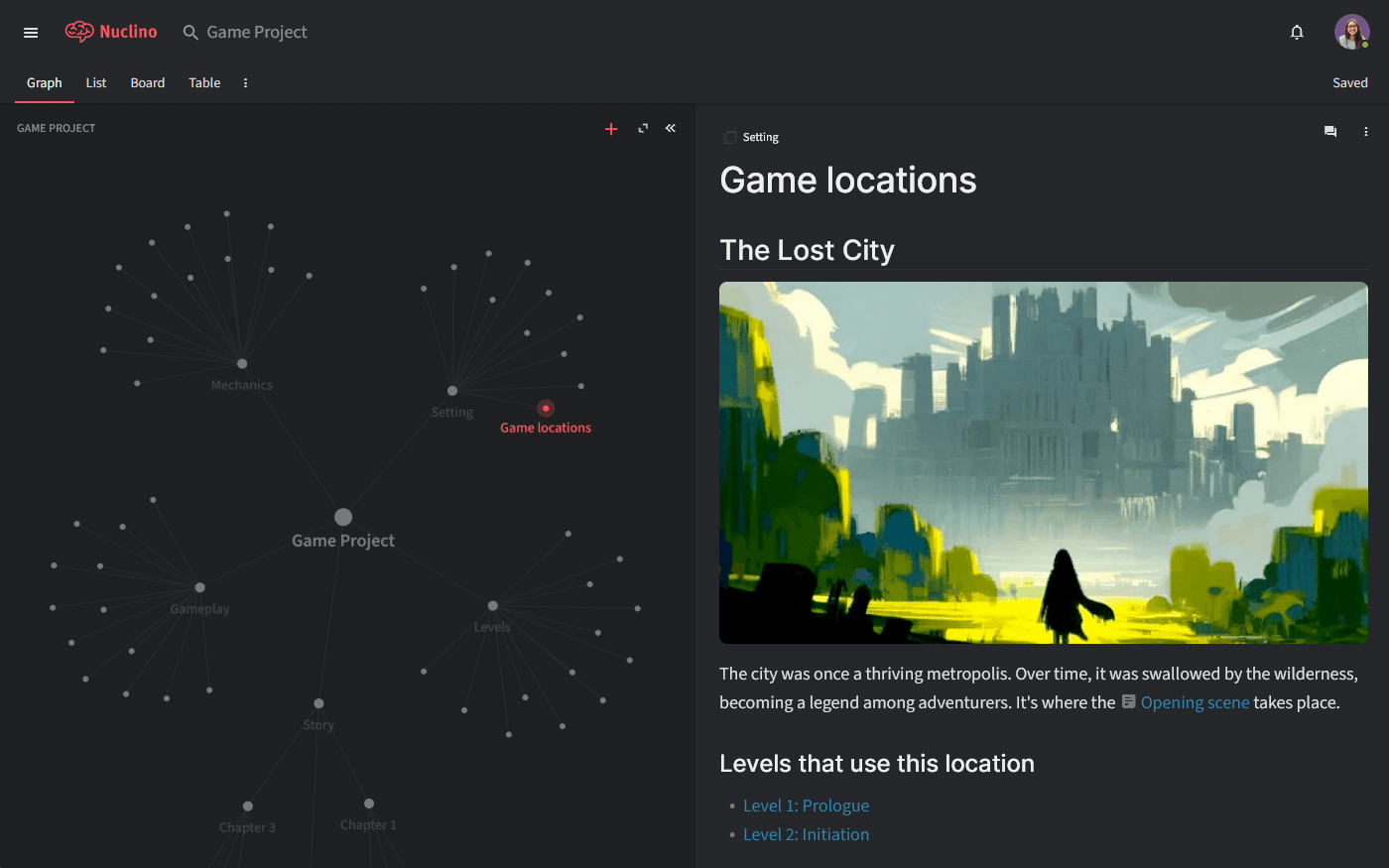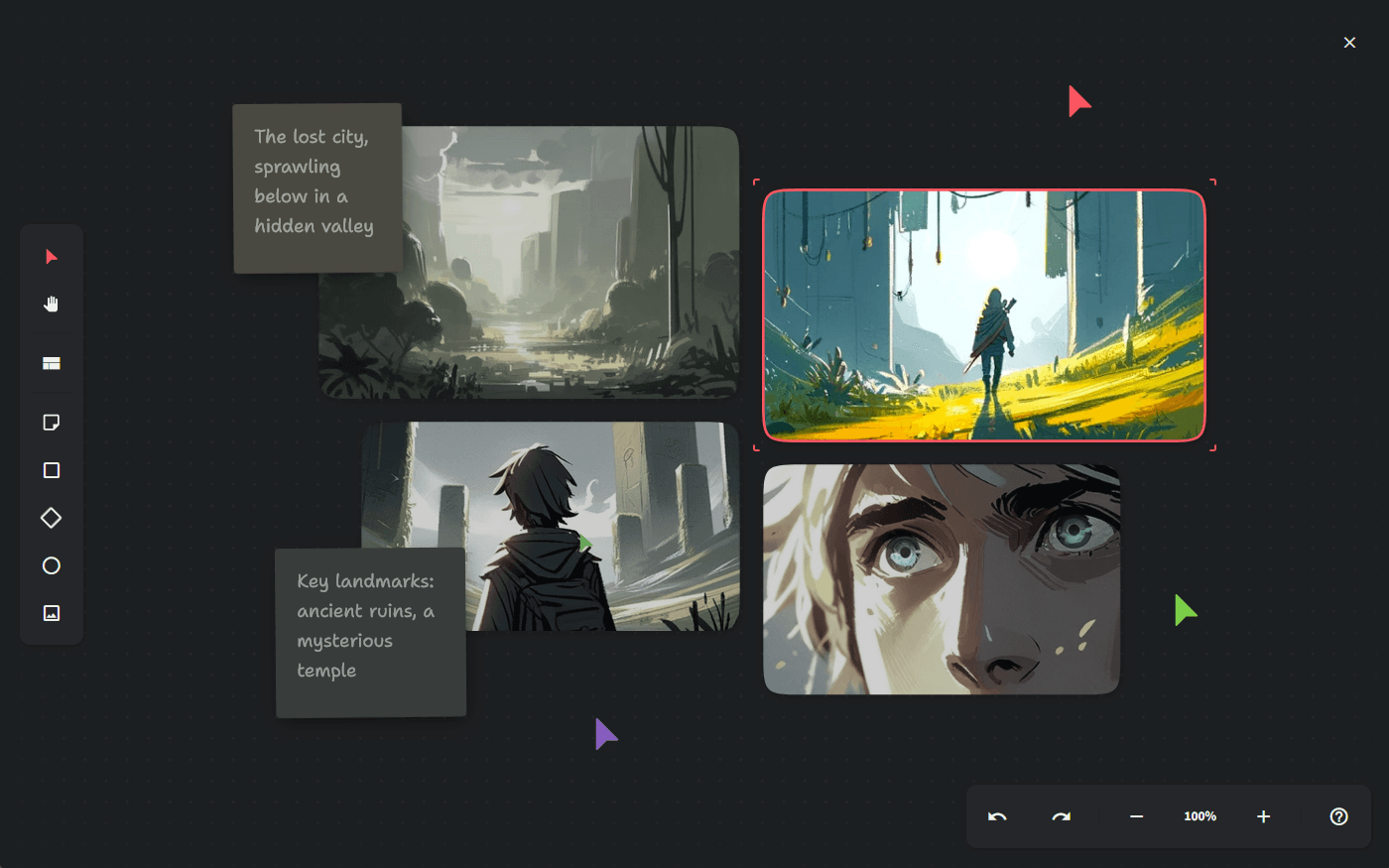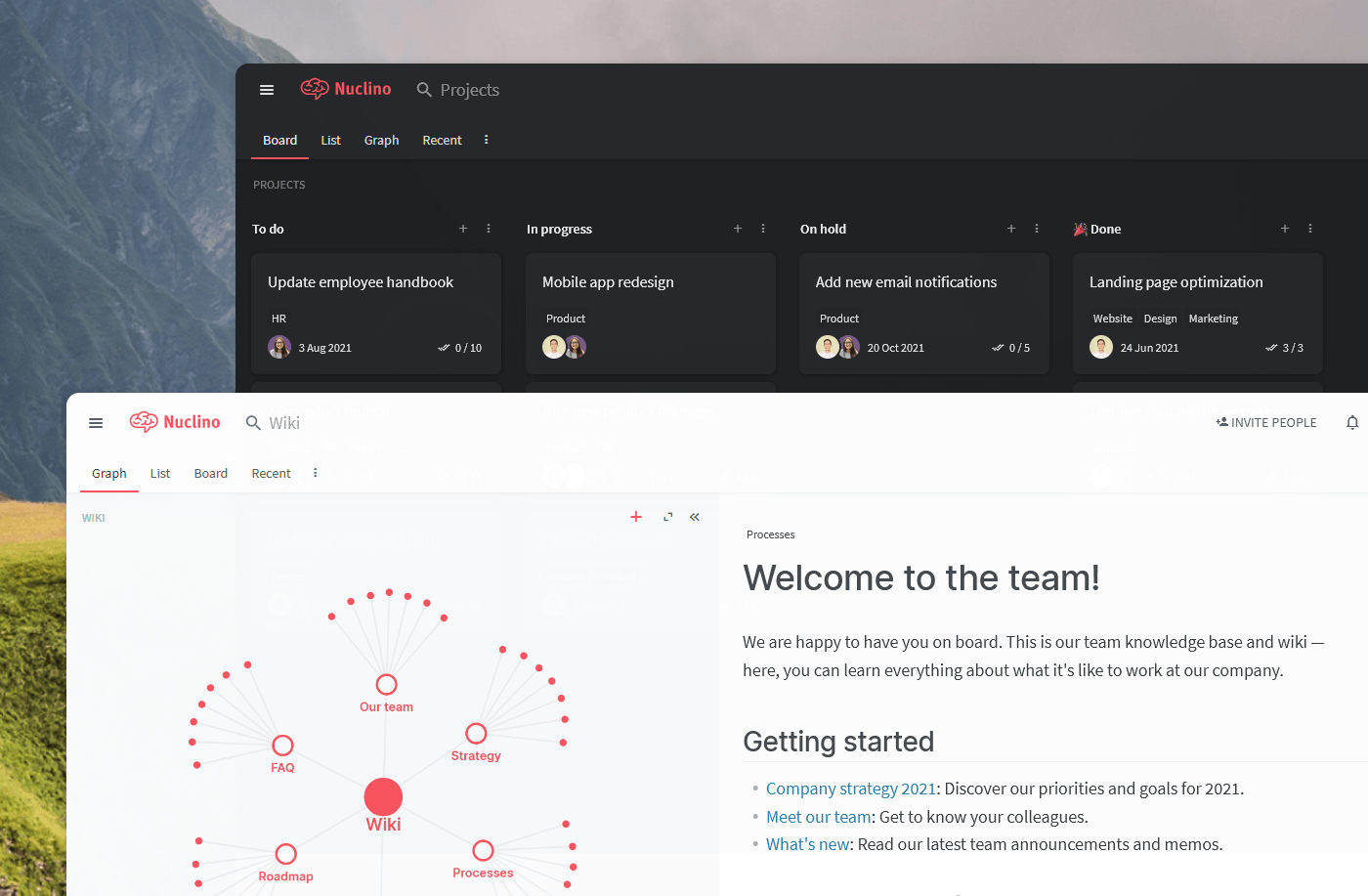Video Game Level Design
Learn how to design challenging, immersive, and engaging levels.
Level design has evolved a great deal over the past few decades. Today, it is an exercise in teamwork requiring the input from multiple designers, artists, programmers and engineers, who have to work together to create a consistent and immersive experience.
Let's dive deeper into what makes great level design.
What is level design?
Level design is the phase of the game development process that deals with creating the stages, maps, and missions of the game. The overall purpose of level design is to create interactive situations or events within the game environment to challenge the player and keep them engaged.
It is sometimes used as a synonym for environment design. While at many smaller game studios, the same designer is often responsible for both, these are two distinctive terms:
Environment design only focuses on the background and scenery composition.
Level design brings together all elements of the game to shape the player experience: game mechanics, gameplay, obstacles, story, and so on.

As Cliff Bleszinski, former lead level designer at Epic Games, puts it:
"Game development can be compared to building a car. You have all these different parts that are created by talented people – programming, modeling, sound, and artwork – and at some point, everyone's hard work on a car comes together, and the tires hit the road. With a game, everyone's work is held together by the levels that use all of that, and they'd better be exceptional or the game falters."
The evolution of level design
Game levels as a concept are a remnant of the early games in which the player had to move from one side of a level to the next while avoiding or squashing threats. The levels would serve as a tool to mark progress and gradually increase difficulty. They were also a necessity due to the technological limitations of the time.
In the early 1980s, level design for 2D games like Super Mario Bros. or Sonic mainly involved the placement of various obstacles, power-ups, and enemies on a simple map.

With the advent of 3D games in the 1990s, level designers working on games like Doom and Quake began creating mazes-like maps for the player to explore, assigning enemies and items to the appropriate positions.
In recent years, game level design has evolved into a much more complex process, requiring skills from architecture, art, programming, scripting, psychology, and graphic design.

Today, the job of a level designer involves a wide range of tasks, including creating huge, detailed environments, placing items and enemies, scripting their behavior in response to events in the game, as well as analyzing players' behavior and manipulating it in order to create an ideal experience.
Level design tips and best practices
Level design doesn't have fixed rules and the design process varies from studio to studio. Specific steps and responsibilities are determined based on the resources you have at your disposal. An AAA game studio may have a dedicated team of level designers following a formal process, while an indie game developer can be responsible for the entire game development project, focusing on several aspects at a time.
But in all cases, the first step is to create a blueprint for what you are planning to build.
Create a game design document
Creating a game design document (GDD) is the first step of any new game design project. It starts as a single-page game concept and evolves together with your project, keeping all ideas, assets, and design decisions organized in one place.
Here's an example of a game design document created in Nuclino:

Game design document example (Artwork credit: Stephane Wootha Richard)
Nuclino is a unified workspace for collaborative game design documentation, worldbuilding, and project planning. Nuclino allows you to create long-form documents and organize them in a variety of visual ways. The nested list view is handy for organizing and collaborating on your game design documentation in real time. The Kanban board view is great for prioritizing features and planning sprints. The table view can be used to easily sort and filter long lists of game design assets. The graph allows you to visualize the links between different topics, levels, characters, and game assets like in a wiki.

Visual collaboration is also seamlessly built into Nuclino. You can add an infinite collaborative canvas anywhere and use it to create diagrams and whiteboards directly within your design document, without switching tools.

You can use it to visualize your game's core gameplay loop, capture different mechanics and interaction flows, brainstrom ideas using sticky notes, organize concept art, and more.
If you don't have a GDD by the time you begin working on the level design, the first step would be to create one. Document everything that’s important about your level: goals, objects, events, a summary of the playthrough, puzzles, secrets, and so on.
The documentation step is important since it allows you to scope your level properly and to reduce the risk of potential problems arising during development.
Design with a purpose
Every level and map must have a reason why it exists and it's crucial that the level designer stays focused on this goal throughout the design process.
Marc Laidlaw, the level team coordinator at Valve, explains:
"Everything in the level should somehow contribute to that goal – even detours, diversions, and distractions should figure into the overall scheme, thematically."
Focus on authenticity and immersion
Even if your game is set in a fictional world with supernatural elements, take care to make it seem real. Immersion and suspension of disbelief are critical for the player to stay engaged and appreciate other aspects of the level design, such as gameplay and story.
Immersion can be broken by a variety of poorly thought-out details. Cliff Bleszinski recounts his time at Epic Games:
"During the course of Unreal's development, I've been harassing the level designers to always make their monsters patrol a local area, or to have them spring out of the dark, or even crash through glass at the player. If the player walks into a room and the monsters are just standing there waiting for him, he's not going to feel that this is a very believable world. However, if he walks into a room and his foe is just walking past him to go work on a computer terminal, he'll appreciate the extra effort that has been taken to further the believability."
Don't force the player to learn by dying
Well-designed levels are usually a series of obstacles and rewards. But there is a delicate balance between a satisfyingly challenging puzzle and a frustrating one. Always give the player a chance to figure out how to beat an obstacle without dying.
Cliff Bleszinski explains:
"If you want to have slicing blades pop up from the floor of your Incan temple, make sure that you put some blood splotches and body parts around the exact spot that the blades spring forth, so that the attentive player will not be killed. Even if the player is killed, he will think "Oh, I should have seen those warnings, how stupid of me!" instead of "This game cheats! How was I supposed to know there was a trap there?
Production blueprint
At the end of the design process, you should have a production-ready design document outlining the details of your level design. Remember that it's meant to be a living document – the minute you start implementing and testing your design, you'll find a ton of things you'll want to improve. The sooner you can get a blockout of your level into the hands of someone the better.
Nuclino: Your team's collective brain

Nuclino brings all your team's knowledge, docs, and projects together in one place. It's a modern, simple, and blazingly fast way to collaborate, without the chaos of files and folders, context switching, or silos.
Create a central knowledge base and give your team a single source of truth.
Collaborate in real time or asynchronously and spend less time in meetings.
Manage and document your projects in one place without losing context.
Organize, sort, and filter all kinds of data with ease.
Integrate the tools you love, like Slack, Google Drive, Figma, Lucidchart, and more.
Ready to get started?
